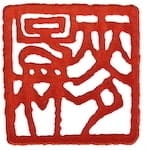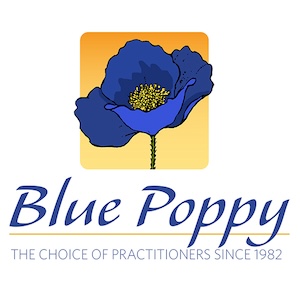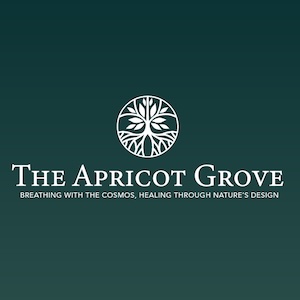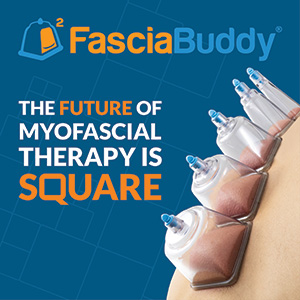Ever wonder if the body tells its own version of your inner story? That maybe the channels don’t just carry qi—but also the shape of your longings, the tempo of your fears, and the echo of old emotional weather? What if meridians are a kind of cartography, not just for physiology, but for the inner landscape of the self?
In this conversation with Andreas Brüch, we explore how Saam acupuncture offers a tri-dimensional system for working with emotion, physiology, and the mind. Andreas brings a background in psychology and decades of clinical practice to this discussion on the inseparability of mental and physical experience—and how Korean Saam theory makes that relationship clinically usable.
Listen into this discussion as we explore the tri-axial framework of damp/dry, hot/cold, and inward/outward movement; how meridians can reflect patterns of hunger, power, and satisfaction; and why emotional imbalance might be best addressed through constitutional physiology.
This one’s for anyone who’s ever sensed that symptoms are also signals—that the channel system is more than flow, it’s also the message.
In This Conversation We Discuss:
- Saam’s tri-dimensional model uses temperature, moisture, and movement to understand both physiology and emotion.
- Meridians are seen not just as pathways for qi, but as carriers of mood, memory, and mental patterns.
- Kim Hong Gyeong’s Mind Path theory integrates biorhythms, Buddhism, and traditional medicine to map psychological function onto the channels.
- The same meridians used for physical treatment can be applied to emotional and psychological imbalances.
- Feelings of emptiness or emotional hunger can be understood through the spleen/lung and stomach/large intestine axis.
- Emotional coldness and fear are associated with bladder and small intestine, while heart and kidney restore warmth and joy.
- Gallbladder energy can be used to support assertiveness, healthy boundaries, and the will to act.
- Imposter syndrome may reflect excess San Jiao energy and can be balanced by tonifying the pericardium.
- Saam allows for treatment of emotional states without requiring in-depth psychological inquiry.
- Chronic issues often reflect constitutional imbalances that can be addressed through meridian-based treatment.
- Mind acupuncture invites patients to describe their emotional state through image, sensation, and metaphor to guide treatment.
Theory:
Small Intestine energy and SI3In Saam acupuncture the Small Intestine’s energy is a combination of the Five Element aspect of Fire and the Six Qi climatic energy of Tai Yang, which represents Cold (and thus Water). Symbolically this is a combination of hot temperature and red color (Fire) plus cold and black colored Water. This makes up for a dark-red, lukewarm liquid which symbolizes blood. Strengthening Small Intestine energy with the Saam point combination of SI3+, Gb41+, Si2- and Bl66- (Small Intestine Jeong Gyeok) therefore can be used to treat blood-related conditions like Blood-Heat, Blood-Cold, Blood stagnation, Blood deficiency, or other diseases involving bleeding.
In a more complex treatment scheme, where Blood disorders are just one of the patient’s conditions we can employ only SI3+ as a single point to address blood related problems in order to reduce the number of points. SI3 has three aspects related to the Five Elements: Small Intestine Zang Fu is Fire, the Six Qi Aspect of Tai Yang relates to Water, and SI3 is the Small Intestine Wood-Point which relates to Wind (= movement).
Clinically:
Therefore, Saam Master Dr. Kim, Hong-Gyeong advises SI3 has a mild moderating effect in terms of temperature (as a mixture of Fire and Water), and it can promote and move blood. In clinical practice we can use it to constitutionally balance and support people who show no distinctive abnormality in terms of temperature (not freezing or feeling too warm) and for many gynecological problems. In fact, in my clinic about 80% of all female patients frequently are treated with SI3+.
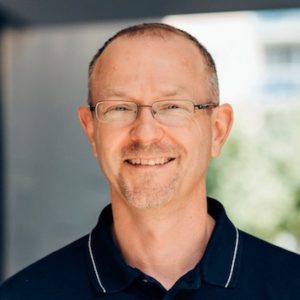 Andreas Brüch, Ph.D
Andreas Brüch, Ph.D
Andreas has been working as an acupuncturist in his own clinic near Munich, Germany, since 2008. Originally, he earned a PhD in psychology, conducted research, and published on behavior and communication in Asian cultures. In 2009, he graduated in Chinese Medicine from the European Institute of Oriental Medicine in Munich. Since 1996, he has made regular visits to South Korea to learn Qigong and traditional Korean medicine.
From 2004 to 2010, he completed training in Korean Hand Acupuncture at the Koryo Sujichim Institute in Seoul. He received additional education and clinical training in Korean medicine with various teachers and doctors, including at Kyung Hee University in Seoul and Busan National University. In recent years,
Andreas has studied Saam and Sambu acupuncture primarily with Dr. Yoo-Ong Jung, Vice President of the Korean Society of Saam Acupuncture Therapy. Andreas has been teaching Saam acupuncture since 2015. He is the (co-)author of “SaAm Acupuncture Textbook: Korean Four-Needle Technique,” published by Müller & Steinicke in Germany.
